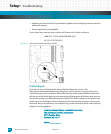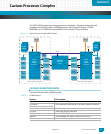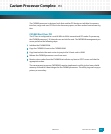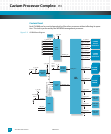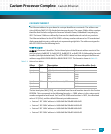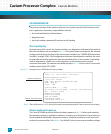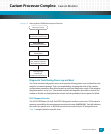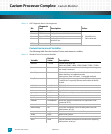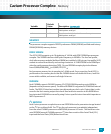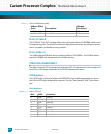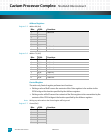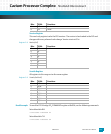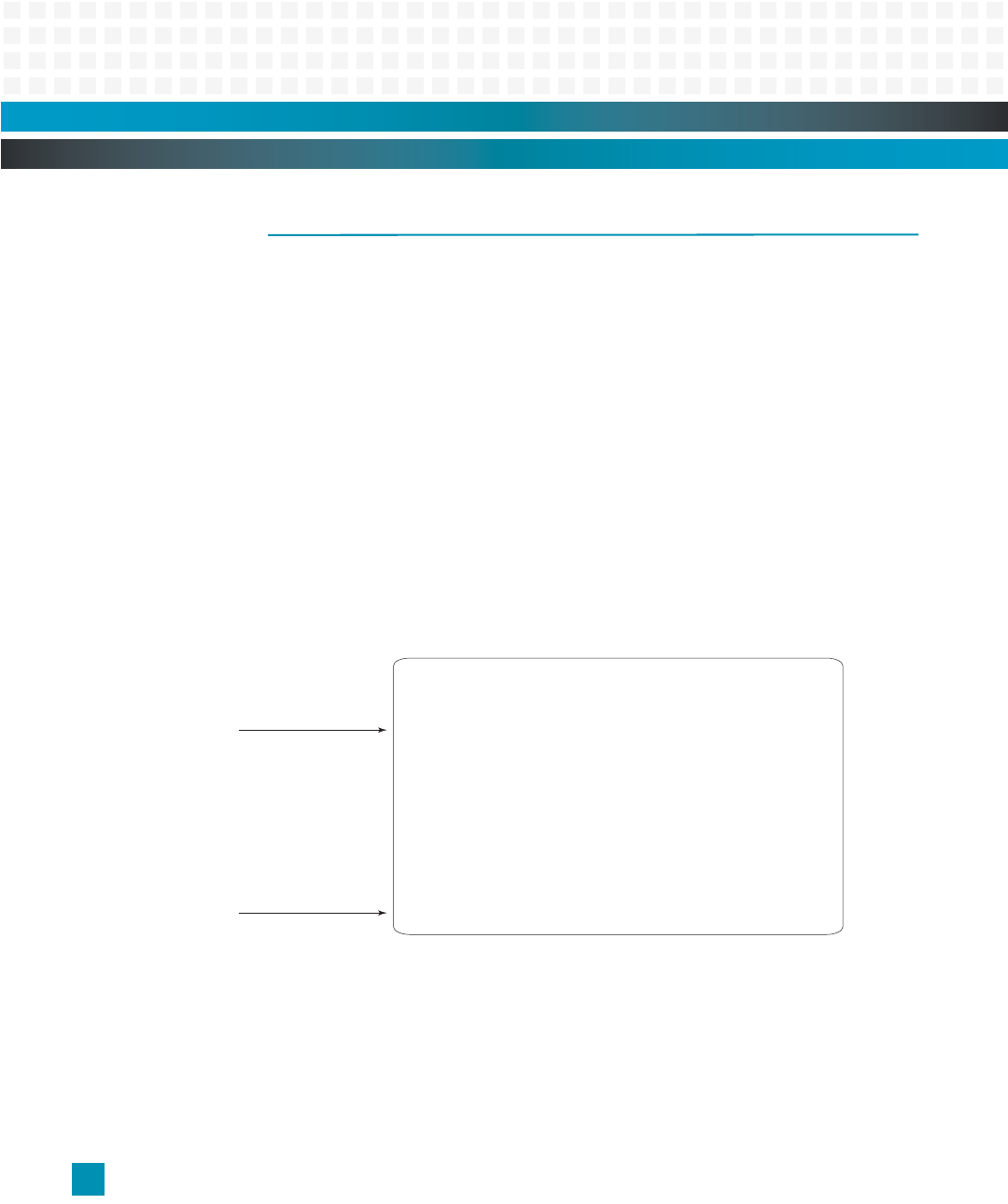
Cavium Processor Complex: Cavium Monitor
ATCA-9305 User’s Manual 10009109-01
3-6
CAVIUM MONITOR
The primary function of the monitor software is to transfer control of the hardware to the
user’s application. Secondary responsibilities include:
• low-level initialization of the hardware
•diagnostic tests
• low-level monitor commands/functions to aid in debug
Start-up Display
At power-up or after a reset, the Cavium monitor runs diagnostics and reports the results in
the start-up display, see an example in
Fig. 3-3. During the power-up sequence, the monitor
configures the board according to the environment variables (see “MPC8548 Environment
Variables” on page 9-26). If the configuration indicates that autoboot is enabled, the moni-
tor attempts to load the application from the specified device. If the monitor is not config-
ured for autoboot or a failure occurs during power-up, the monitor enters normal
command-line mode. The monitor command prompt in
Fig.3-3 is the result of a successful
hardware boot of the ATCA-9305.
Figure 3-3: Example Cavium CN5860 Monitor Start-up Display
Note: There will be either a 1 or 2 in front of the monitor prompt indicating which Cavium processor is prompting.
Power-up/Reset Sequence
The Cavium CN5860 processor follows the boot sequence in Fig.3-4 before auto-booting
the operating system or application software. At power-up or board reset, the monitor per-
forms hardware initialization, diagnostic routines, autoboot procedures, and if necessary,
invokes the command line. See
Ta bl e 3- 5 for default Cavium environment variables settings.
Hardware initialization
Monitor command prompt
U-Boot 1.1.1 (Jan 16 2009 - 14:26:14)0.9
OCTEON CN58XX-NSP revision: 1
Core clock: 750 MHz
DDR clock: 266 MHz (533 Mhz data rate)
DRAM: 4096 MB
Flash: 4 MB
Clearing DRAM........ done
PCI console init succeeded, 1 consoles, 1024 bytes each
Net: octspi0, octspi1
RLDRAM not present
Octeon BIST Passed
POST i2c PASSED
POST memory PASSED
2 ATCA-9305 (Mon 0.9)=>



